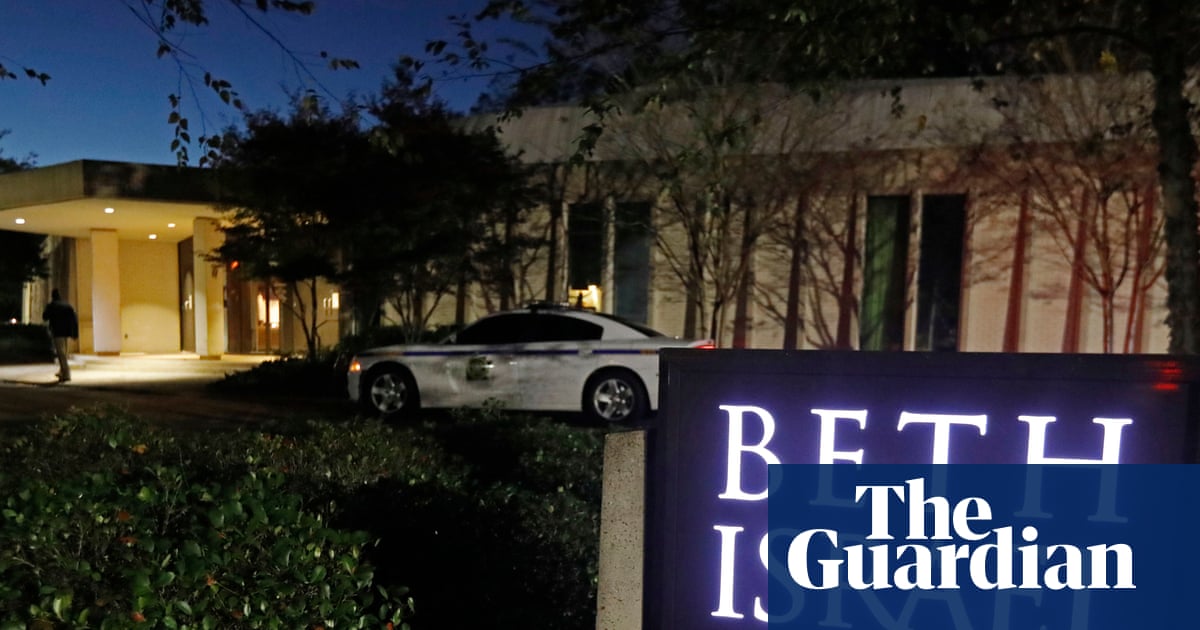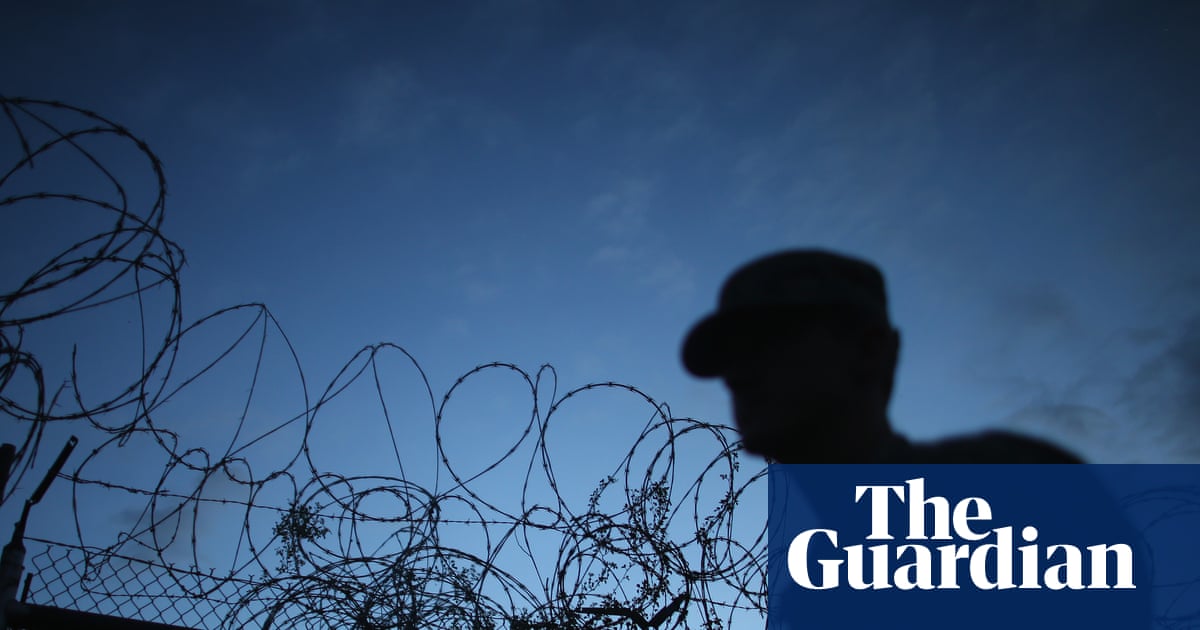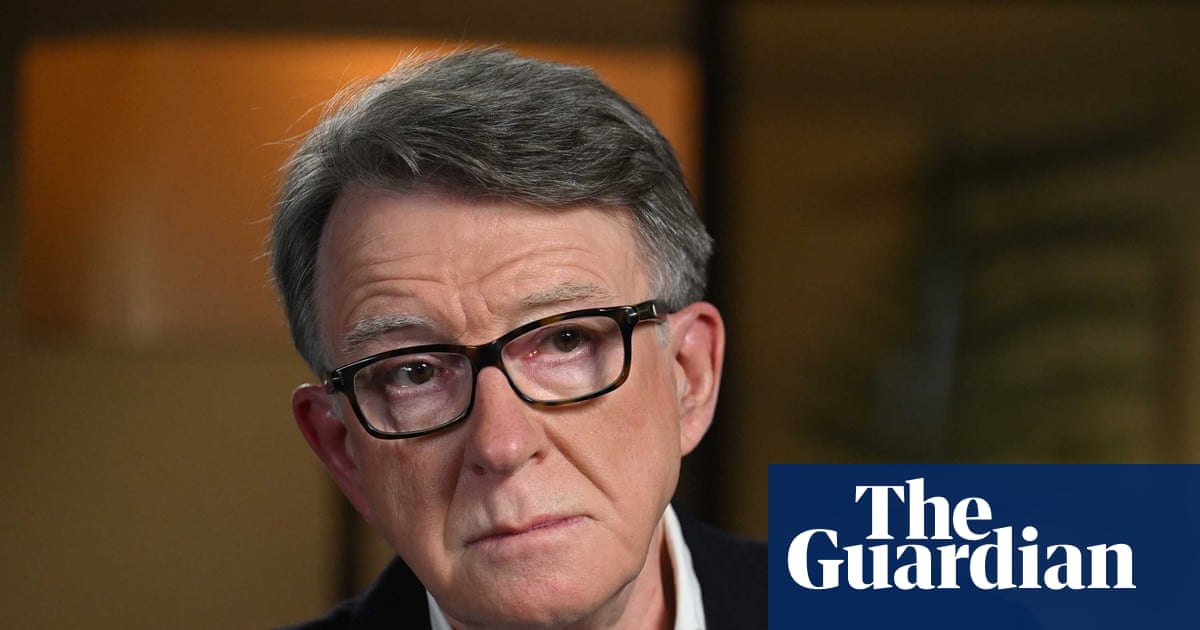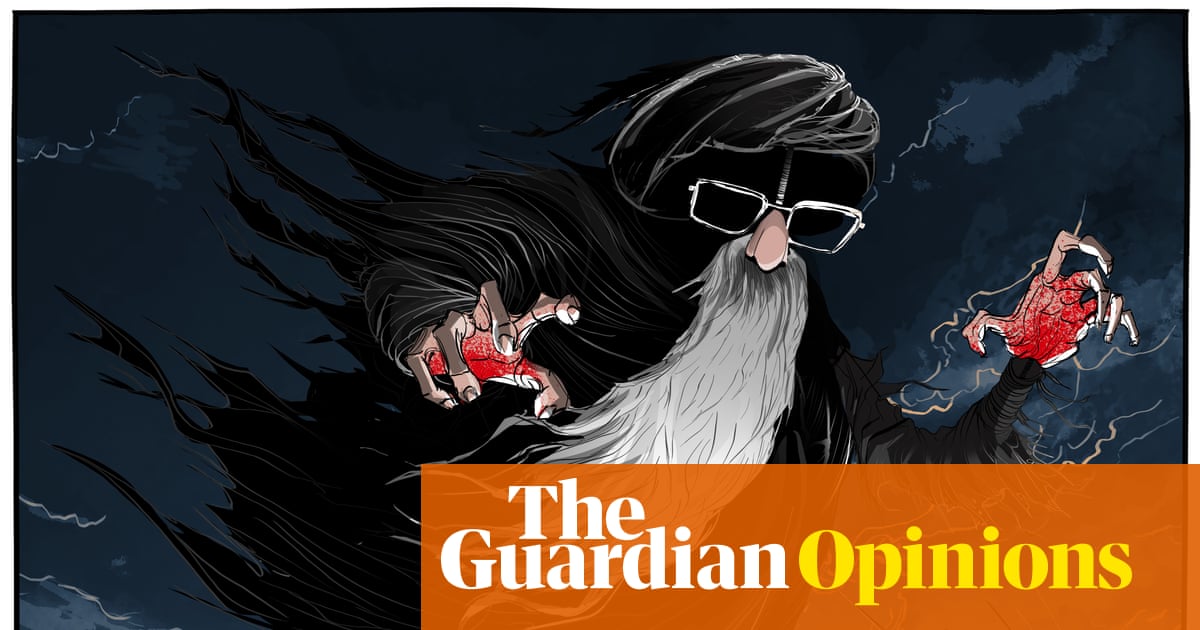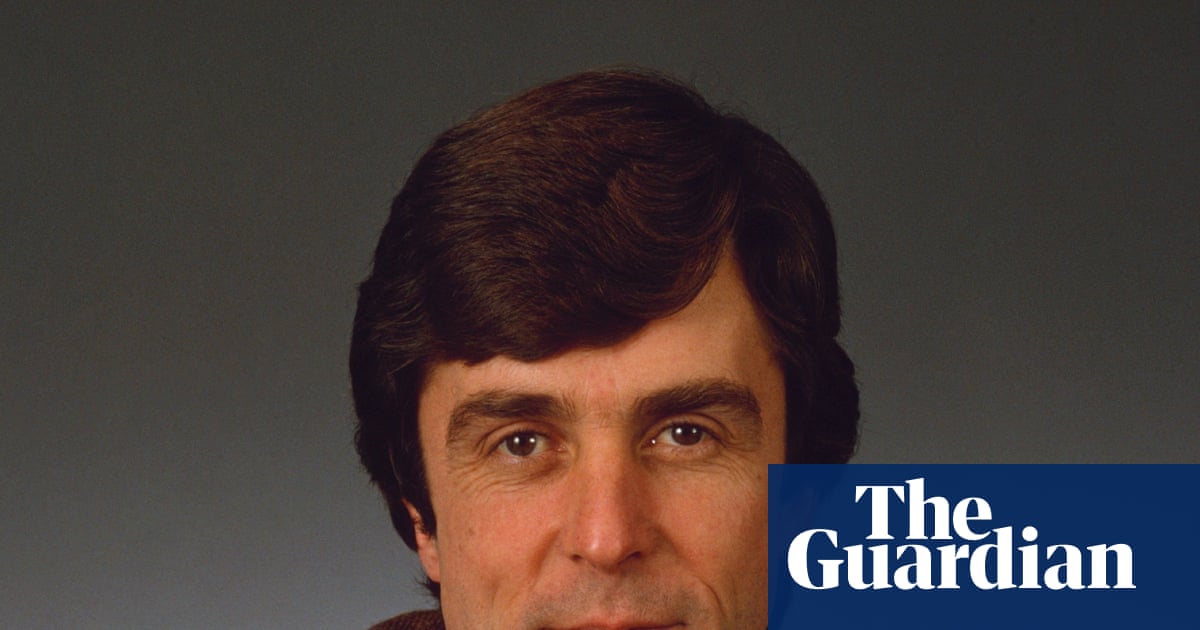The UN will need to cut $500m (about £370m) from next year’s budget and lose 20% of its staff as it struggles to cope with a massive reduction in funding by the Trump administration.
The plan, in gestation since Donald Trump started cutting his foreign aid budget, is likely to involve an initial minimum 3,000 job cuts out of a 35,000-strong main workforce. The overall UN core or regular budget would be cut from $3.7bn to about $3.2bn next year. It means reductions of 15.1% in resources and 18.8% in posts in the regular budget compared with the 2025 budget.
The reductions to the UN core budget do not take account of the cuts to the UN’s peacekeeping, humanitarian and health agencies. Only last year the UN secretary general, António Guterres, set the UN on an ambitious new “pact for the future” ranging across artificial intelligence and a new push on sustainable development.
A UN largely without the US is not the legacy that Guterres would want to leave his successor, due to take over in 2027 when Guterres will end his eight-year term as the world’s top diplomat. But his options are limited since the current US antagonism towards the UN is so ingrained. Marco Rubio, the US secretary of state, for instance, has claimed: “The postwar global order is not just obsolete, it is now a weapon being used against us.”
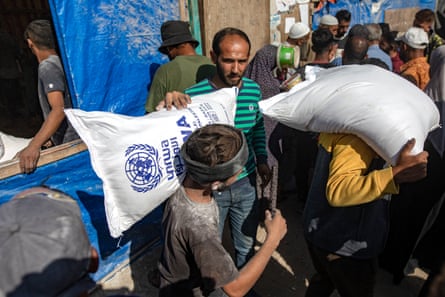
Guterres is trying to make a virtue of necessity by using the funding crisis to review how the bureaucracy has grown, leading to overlapping mandates and duplication. It requires an organisation containing more than 140 entities that has passed 40,000 resolutions, statements and presidential statements since its inception in 1946 to revert to first principles about its purpose and effectiveness.
The process, billed as UN80, is being led by Guy Ryder, the UN under-secretary general for policy. Ryder will be acutely aware that previous reviews, including one in 2005 and another during the Covid pandemic, largely ran into the ground as bureaucracies and states mounted resistance to what they saw as appeasement to the US.
An interim update published in August underscored how too many UN agencies created in the years of plenty have overlapping mandates, confused lines of accountability and outdated working methods. The report said: “Geopolitical shifts and substantial reductions in foreign aid budgets are challenging the legitimacy and effectiveness of the organisation.
“Increased mandates (often without clear exit strategies) and complexities have led to significant overlaps, inefficiencies, and increased costs in the UN system. The progressive proliferation of agencies, funds and programmes has led to a fragmented development system, with overlapping mandates, inefficient use of resources and inconsistent delivery of services.”
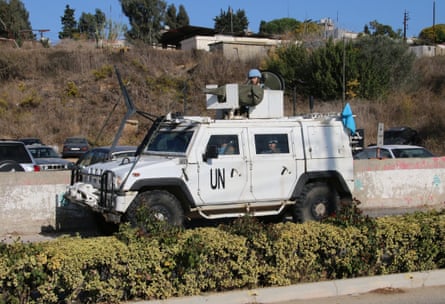
Through a programme known as Mandates UN, all of the UN agencies have been asked to justify their existence, the origin of their mandate and their relationship to other UN entities.
The aim broadly is to try to streamline these agencies into three key pillars of the UN charter: peace and security, human rights and development. In the process, some agencies and staff will be blended with others and some will be shrunk.
An obvious question, for example, is the relationship between the UN high commissioner for refugees (UNHCR) and the International Organization for Migration, or that between UNAids and the World Health Organization.
Relatively mild solutions announced so far include creating new administrative hubs in New York and Bangkok, consolidating payroll into a single global team across New York, Entebbe and Nairobi, relocating some functions from high-cost duty stations such as New York and Geneva to lower-cost locations, or vacating some leased buildings in New York.
But hard as these measures are, more is going to be required since the impact of the US withdrawal from multilateralism is only starting to be felt.
after newsletter promotion
Already the US has pulled out of the Human Rights Council, the UNFPA (Population Fund), the World Health Organization and Unesco. But the scale of the US cuts to the UN budget, largely rubber-stamped by a pliant Congress, will be worse next year. The state department has yet to complete its review of the international organisations that it will leave. Major changes are being demanded of the International Labour Organization.
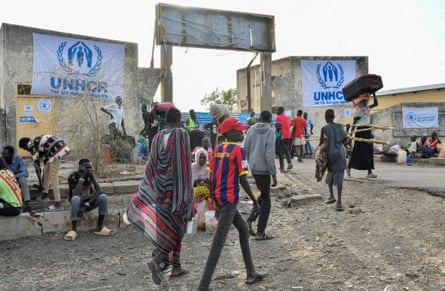
Allison Lombardo, a former deputy assistant secretary of state for international organization affairs at the US state department, said at a Carnegie Endowment seminar: “These cuts are more extensive and more permanent than many people thought at first glance … The US pays 22% of the regular budget, 25% of the peacekeeping budget and 40% of the humanitarian budget.”
She said the in-year cuts for 2025 proposed by the Trump administration meant “the UN is going to get half of what the US committed to give this year, and likely no peacekeeping money. In 2026 the US is signalling that there will be no peacekeeping money, no voluntary money, and more than an 80% cut in dues. So that is going from $1.5bn to about $300m.”
The impact on individual programmes is already apparent. The World Food Programme (WFP) relied on Washington to cover half of its $9bn budget in 2024, while the UNHCR got two-fifths of its funding from the US. The US has not only ended its funding for the UN’s Palestinian welfare agency Unrwa, it has tried to close it down.
At a stark briefing this week, Tom Fletcher, the head of the UN Office for the coordination of humanitarian affairs (Ocha), said he feared the world had entered a new “age of indifference”.
“We’ve only been funded 19% of what we need, which is a 40% drop on where we were last year,” he said, explaining that each of the UN agencies had a tale of woe. “Unicef – an extra 6 million kids are likely to be out of school. WFP are saying they can only reach 1 million of the 3 million Afghans who currently need food. UNHCR are saying that 11 million refugees may no longer get the help that they need.”
Fletcher, a former No 10 foreign policy chief, argued the funding crisis was a symptom of a wider battle. He said: “We’re in a situation now where there are many who would like to see the UN being weakened, which, of course, is a reckless act of self-harm. And so we have to push back against this crisis of finance, yes, but also these challenges to our legitimacy and to our confidence.”

 3 months ago
127
3 months ago
127





